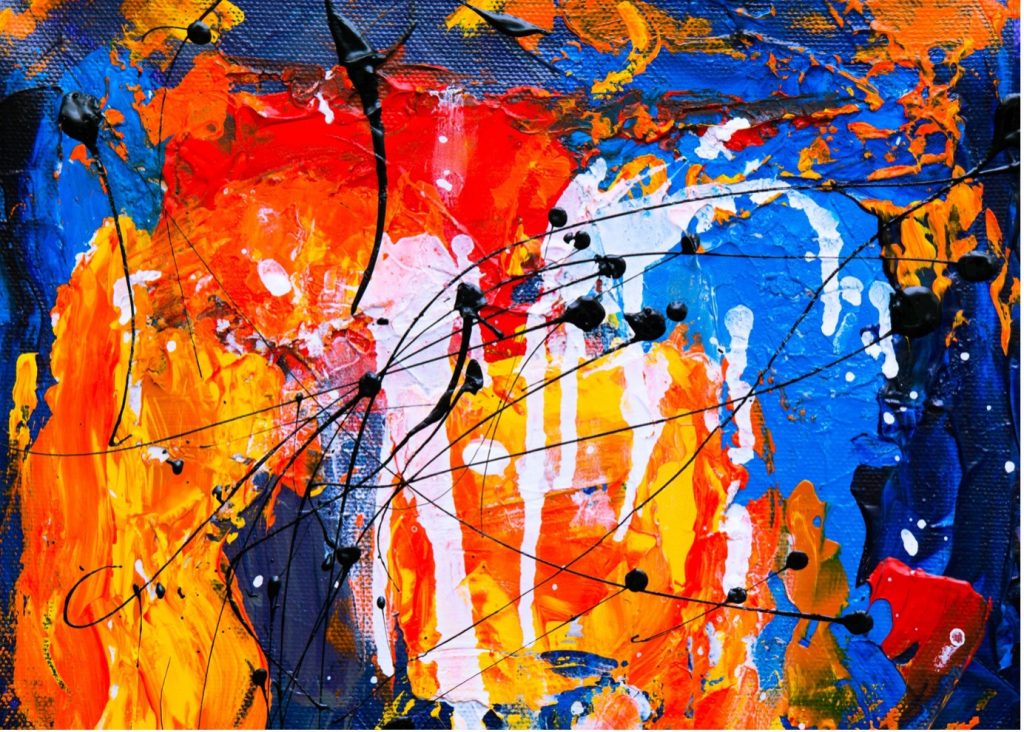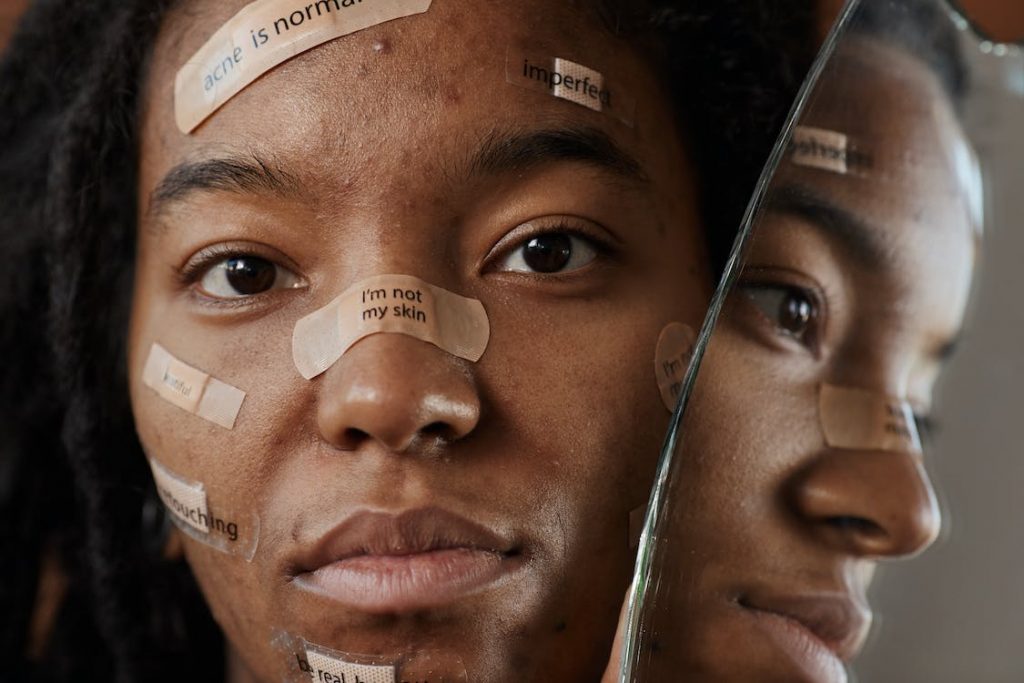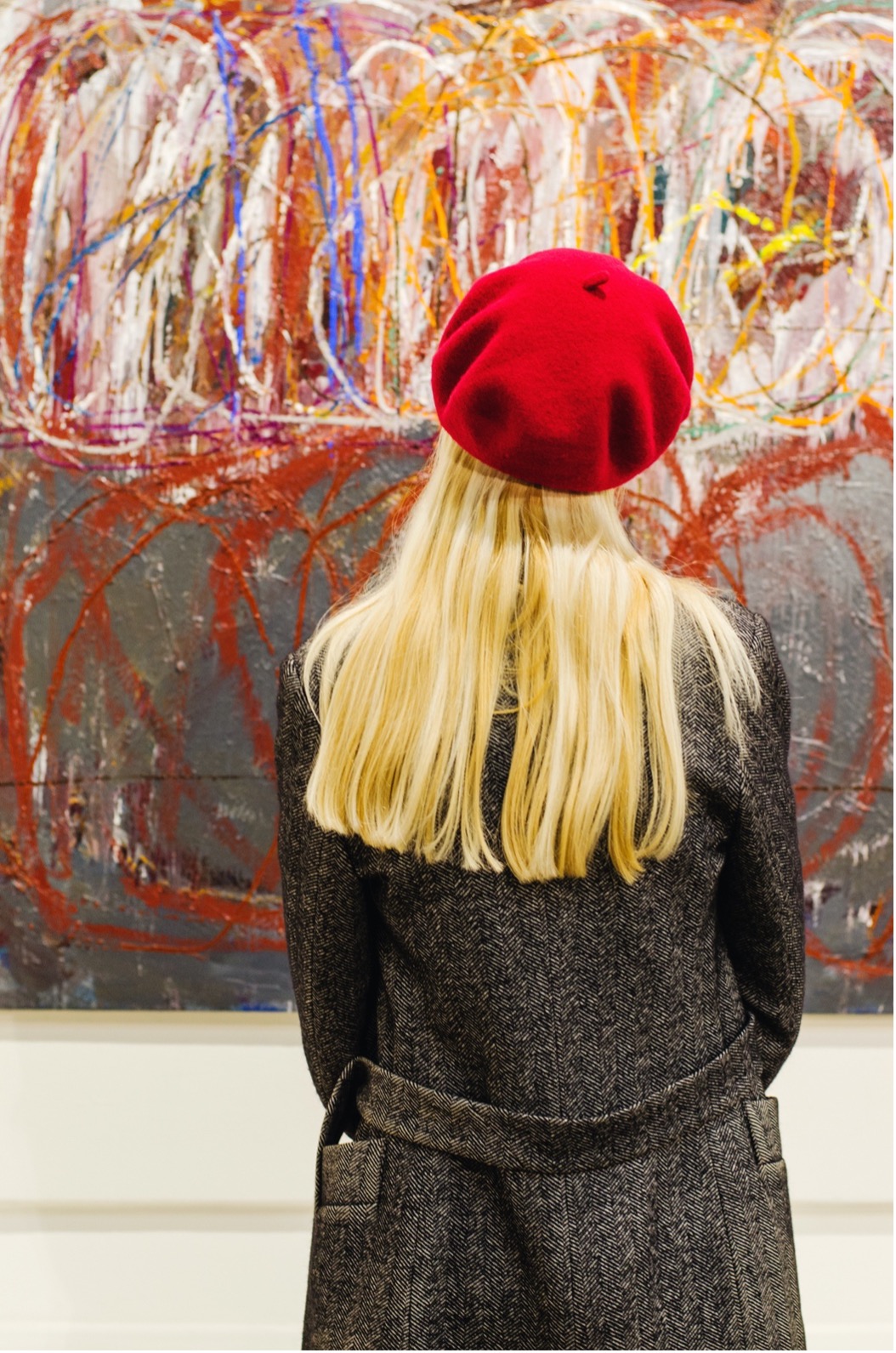Art has the power to move people and evoke emotions that words can never do justice to. Whether we are looking at a painting, admiring a sculpture, or listening to an opera, art makes us feel alive in ways we thought were unimaginable. But what is more astonishing is that art truly has the potential to shape our world — it can create social movements and make revolutionary changes in society.
From provoking conversations about pressing issues such as poverty, war, racism, and gender inequality to inspiring economic developments with its powerful visuals; art does indeed have far-reaching implications on how the modern world functions today.
So let’s delve deeper into this intriguing topic and explore how art really does change lives!
THE TOPIC OF ART AND HOW IT CAN CHANGE THE WORLD
Visual art can take many forms; paintings, sculptures, sketches, and photography are some of the most popular choices. It can also include a variety of mixed-media projects and installations. But no matter what form it takes, the artwork is an attempt to express emotion or ideas through mediums such as color, texture, line, shape, and form.
Art has no rules; it is self-expressive and creative. In this way, the artwork gives a voice to those who create it. Whether designing in a traditional sense or working with alternative materials, art can be viewed as a representation of self and storyteller for places yet to be discovered.
Art has the power to change the way we see the world, awakening us to new perspectives, ideas, and values. It can take us back in time to reflect on our past or push us further into our future. Art can bring awareness to social issues and foster a sense of acceptance — bringing people together regardless of background. Art is not only a form of expression but also an invitation to problem-solve and grow within ourselves and our communities. Whether creating or experiencing it, art provides unique ways for understanding different points of view while inspiring citizens to create meaningful social change.
Ultimately, art helps shape our societies by providing platforms for creativity and solidarity to thrive.
EXAMPLE OF AN ARTWORK THAT HAS MADE A DIFFERENCE IN THE WORLD
To many people’s surprise, artwork doesn’t just exist for aesthetics or beauty, but also has a much deeper purpose. It can actually change the world we live in. For example, the AIDS Memorial Quilt was created as an expression of both grief and defiance with regard to HIV/AIDS. It is a powerful reminder of the courage and determination of its creators who used this art form to not only memorialize victims of the disease but also raise awareness around it. Ultimately, this artwork inspired action that led to changes in public health policy, including improved access to testing and treatment — something that undoubtedly changed the world we live in over time.
And a few more examples:
- The Guernica by Pablo Picasso. The Guernica is a painting by Spanish artist Pablo Picasso that was completed in 1937. The painting, which is 11 feet tall and 25.6 feet wide, depicts the bombing of the Basque town of Guernica by Nazi Germany during the Spanish Civil War. The painting is widely regarded as one of the most important works of art of the 20th century, as it helped to raise awareness of the horrors of war and served as an anti-war statement.
- The Hay Wagon by Grant Wood. The Hay Wagon is a painting by American artist Grant Wood that was completed in 1930. The painting, which is now housed at the Art Institute of Chicago, depicts a wagon filled with hay being pulled by two horses. The painting was controversial at the time of its completion, as many people felt that it depicted rural America in a negative light. However, the painting is now considered to be an important work of American folk art.
- The Scream by Edvard Munch. The Scream is a painting by Norwegian artist Edvard Munch that was completed in 1893. The painting, which is now housed at the National Gallery in Oslo, Norway, depicts a figure standing on a bridge with its hands covering its ears while screaming. The painting is one of the most famous and recognizable works of art in the world and has come to symbolize the feeling of existential angst.
HOW DO PEOPLE’S PERCEPTIONS OF ART CHANGE OVER TIME?
Our ancestors were able to express themselves through art in ways that no other medium could provide. As time has progressed, however, people’s perceptions of art have gradually shifted from one of artistic expression and personal identity to a more precise calculation of popularity and profitability.
Today, many people view art as either a form of entertainment to be consumed or an investment opportunity over which to capitalize. It is both unfortunate and remarkable how something as creative and special as art can often be degraded into cold numbers.
Nevertheless, there is hope that we might still find genuine appreciation for the beauty of artwork beyond its value in the marketplace to represent our individual identities and values without concern for money or status.

HOW CAN ART BE USED AS A FORM OF PROTEST?
In more recent times, art has become a powerful tool for those seeking to protest social and political issues.
Through the creation of murals, photography, music, dance, and even fashion, people can express their opinions in a meaningful way. Art offers an accessible form of self-expression that can be targeted toward anyone who might need to hear it. It allows protestors to drive home their message by creating a unique visual representation of their values. Additionally, art as a protest serves as a catalyst for change by bringing people together in solidarity around a shared cause.
The profound impact that art has when used as a tool for advocacy is remarkable – it provides individuals with the opportunity to make their voices heard while inspiring others to strive towards the same collective goal of justice and equality.

HOW CONTEMPORARY ARTISTS ARE USING THEIR WORK TO ADDRESS SOCIAL ISSUES
The work of contemporary artists is often grounded in important social issues facing modern society. From addressing income inequality to exploring gender and race, these topics are widely explored through visual art and performance pieces. Artists use their skills to raise awareness about the state of global affairs, as well as the personal struggles that people experience daily.
While many traditional works of art focus on beauty and technical skill, modern artists have also embraced uses for their works beyond simply expressing something beautiful – by addressing serious social issues head-on and inspiring positive conversations surrounding them. In today’s world, art can be used to promote activism and ignite constructive discourse surrounding pressing matters.
TO CONCLUDE
Art has the power to evoke emotion, open dialogue, and challenge paradigms. It can be used to inspire action, call attention to injustice, and bring visibility to issues that would otherwise remain unseen. The impact of art on our world is undeniable; it illuminates culture and history, facilitates understanding between societies with different values, and encourages participation in social movements. When art is used as a form of activism it can help drive change in deeply significant ways — from building solidarity among varied groups of people to giving voice to those who are systematically silenced by oppressive systems. Ultimately, art’s ability to facilitate collective empowerment makes it a powerful tool for creating radical transformation.
___________________________________
Author Bio: Rob Talley is a content creator for websites, blogs, articles, and social media platforms. Rob also writes for essay writing service assignmentpay.com.
He is interested in education, technologies and enjoys sharing lifestyle and personal development advice and tips.



1 Comments
Good morning,
I’m a visual artist from the Netherlands and my subjects are climate change and sustainability. For my gallery (Gabriel Fine Arts Gallery in London UK) I have made a book about my works.
I would like to use a quote on your website from an article by Rob Talley. The quote is: “Art has the power to change the way we see the world” I will of course mention the author as wel as Art business news. Can I have your permission to publish the quote?
Thank you very much for responding>
Greetings
Rob Chevallier
http://www.robchevallier.com